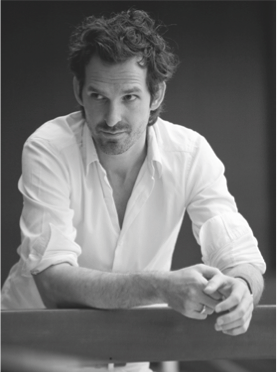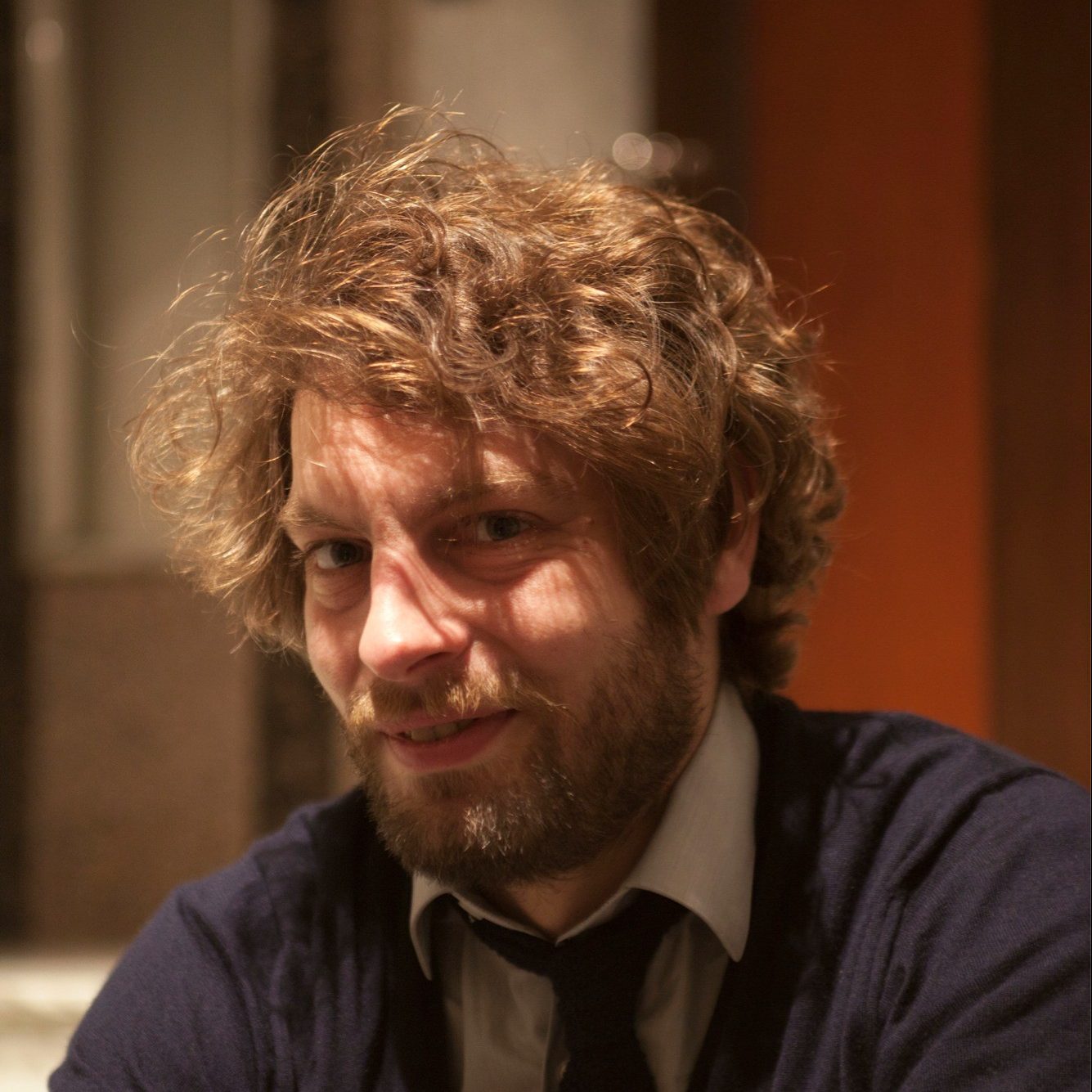
INTERVIEW WITH MATHIEU LEHANNEUR – DESIGNED.RS
Among the distinguished international creative industry professionals who presented their work during the Belgrade Design Week 2012, one of the stars who drew most of the attention was the French designer Mathieu Lehanneur, who presented his innovative projects during the third day of the FREEDOM SQUARED conference.
He won the “Intelligence de la main” award from the Bettencourt-Schueller Foundation, the Best Invention Award (USA), and many other awards for his designs.
He just added to this collection the 2012 Belgrade Design Grand Prix, awarded to the best speaker of the conference at the end of BDW by public vote. His approach to design renders him sort of a contemporary creative “researcher”, who responds to the social context in a given moment and, collaborating with scientists, chemists, psychologists etc, finds the right solution for the particular problem. That way, he creates modern products for everyday use, which go beyond mere aesthetics and can play an important role in lives of users, and in the society as whole.
Following his unique design philosophy, Mathieu Lehanneur is equally successful in industrial, packaging and interior design. Some of his most prominent works are a pottery collection called “Age of the World”, the home storage unit for fish and greens “Local River”, a modular desk with shelves “Strates System”, “The Island” – a “mineral serum” diffuser, as well as many avant-garde interiors. One of the most interesting projects, and also his own favorite which thrilled Belgrade’s audience, is the air purifier called “Andrea”, after his own son. Lehanneur collaborated with many globally famous brands such as Biotherm, Cartier, the Harvard University, Hennessy, Nestlé, Nike, Poltrona Frau, Veuve Cliquot, Yohji Yamamoto… His products are part of permanent collections in the MoMA in New York and San Francisco, the Musée des Arts Décoratifs in Paris, the Centre Pompidou, the FRAC-Le Plateau in Paris, the Design Museum in Gent, the Museum of Decorative Arts in Berlin. At the Belgrade Design Week 2012, he spoke about his work and the central topic of the event – Freedom.
You once said that your design is not related to design history, but more to the history of nature. What do you mean by that?
In my opinion, many designers are too focused on the history of design, and they want to make a product like a tribute to Castiglioni, or the tribute to Charles Eams… It is true that those designers are incredibly smart and good, but as a designer your job is not to make a new object in the design history, but more to be present in the daily life, and try to make projects for the people.
Can you explain your design process?
The process for a project is, you could say, always and never the same. Never, because it always depends on the brief, on the client. I do not have a sketchbook where I would draw chairs, tables, light… I never work in such way. I always need a question, a problem to solve. I am waiting for clients to explain to me their problems. Depending on the client – it could be a luxury brand, or it could be a hospital, or it could be a museum, I always try to forget my brain and try to become the brain of the user. I conduct the trip to the brain of the user, and I try to figure out what he wants, what he needs, what he expects in terms of relationship with the other, in terms of comfort, in terms of working on his well-being. One’s well-being can materialize itself tangible, in the sense of embodiment, but it can also materialize itself in a mental way, intangible. So my job as a designer is essentially to dwell in the brain of the final user.
Can you give us an example of such an approach? Which one is your favorite development, your ”baby” so to say? My “baby” is probably the air purifier Andrea, for two reasons. First, Andrea is the name of my son, and
I gave the same name to the product. Andrea is an object that will improve the air quality, because you have to know that most of the industrial objects will always emit some toxic elements, because they are made of plastic, of some fire resistant fabrics, and so on. So, the air we are continually breathing is not so good. With this project, this air filter, I tried to improve the air quality by using a plant, by using pure nature. There are plants that are able to filter air pollution, but the plant by itself is not able to do the job, because the most efficient part of the plant is not in the leaves, it is not the visible part, but the invisible part, in the roots and the soil of the plant. With this product, with a fan system I force the air we have to breathe to be in contact with this very efficient part of the plant. As user, you get a list of plants you may place inside, you put the hard-top on the product, and you simply plug it in. With the fan system functioning, air will enter at the right speed and the right place into the plant and it will come out, all day long, continuously cleaning the air we breathe. One air purifier is perfect for 40 sqm, roughly. This is a mass market product with a very low price, but able to combine the best of nature and the best of technology. And, I hope, the best of design.
What are the reactions from users?
It sells very well, which was a huge surprise, because Andrea is a product the benefit of which you cannot feel directly. It shows that people today are very concerned and aware of the problem of indoor pollution. People want to find a good solution not only through technology, but obviously by trying to combine the best nature can provide with the best engineers can provide.
Where do you find freedom in your work?
Freedom is not the perfect context for designers, because freedom makes you design one more object, and one more, and one more… I always need some constrains. The more you can get some constraints, like walls, like things you have to break, the more you can find a way to find freedom, but inside those constraints. I’ll give you an example: I am currently working for a big pharmaceutical company in the US. As you can imagine there are many constraints because of the rules, because of the molecules, because of quantity of devices you have to design and produce… But even in this kind of labyrinth of constraints you need to find your way thorugh, and for me, that is the best way to find the right answer, and not to be in your studio, alone, with a blank sheet of paper, designing some stuff without any limits, without any constraints.
Would you say that you are providing a sort of freedom to users with the solutions that you present?
I always try to make the user be a part of the system. I want him or her not to admire an object and say: oh it’s beautiful, the designer is very good – but to always be a part of it. When I am working on a project the first and maybe the main part of the project, in terms of the time process, is what I call the scenario, the history of the project. This is not the question of form or material, but the question of people with needs for an object, people who want to use it, and use it in the right way. This way the user is always the key part of the design process.
Trackback from your site.
